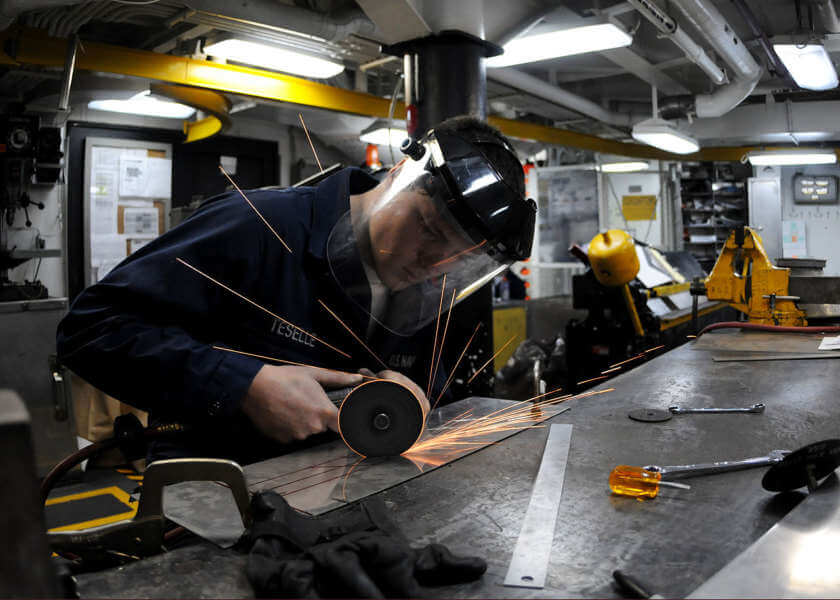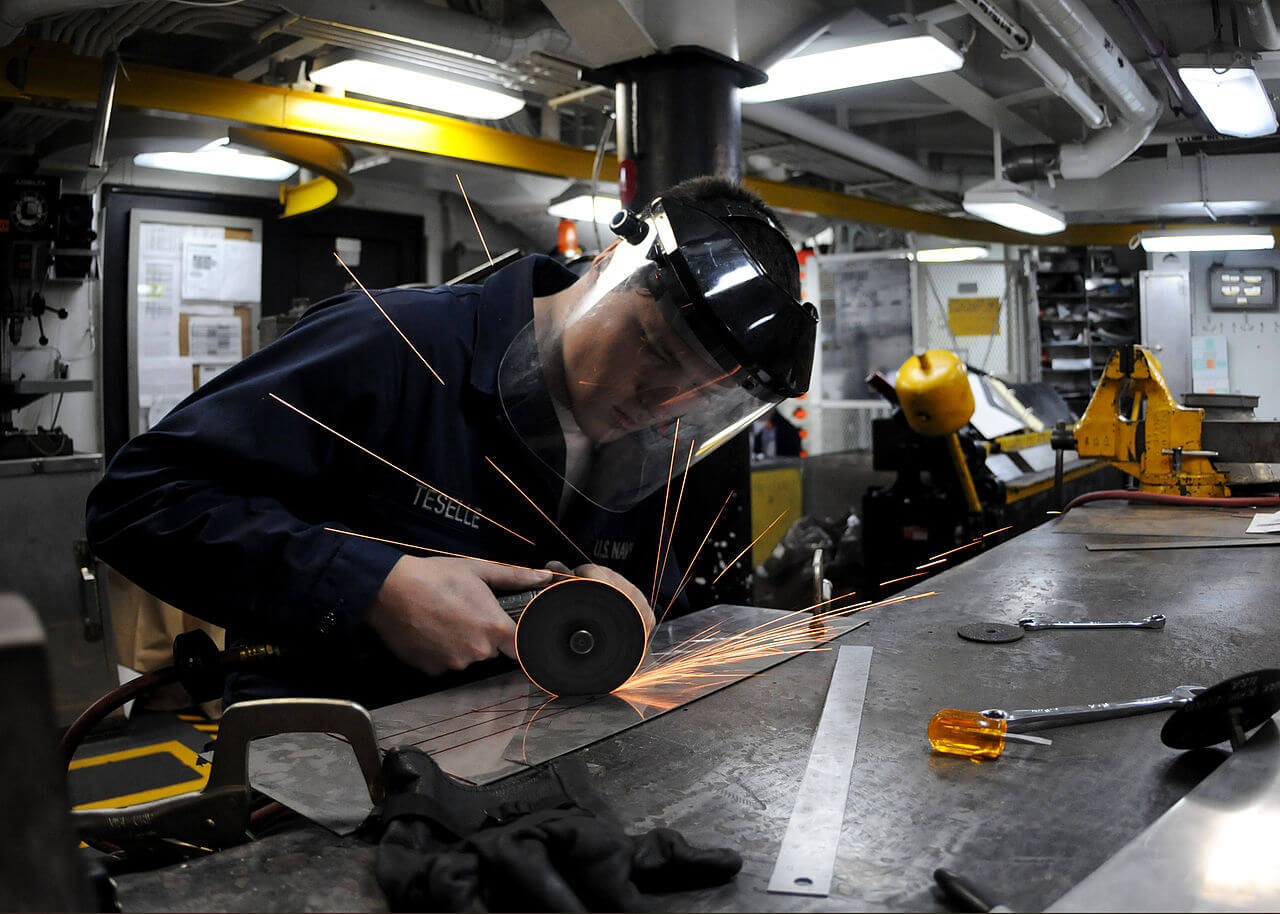
The risks of operating vibrating machinery and other tools has been known about since the Industrial Revolution, but they remain under-appreciated. Yet the condition can be debilitating and the fines for breaches can be significant, as with the recent £150,000 lawsuit brought against Wrexham Council.
Preventing hand arm vibration syndrome (HAVS) is relatively simple, assuming that the proper steps have been taken to identify and reduce the relevant risk factors. The biggest barrier to the implementation of existing standards is simply understanding the risk posed by vibrations, and ensuring that workers and management do not gamble with people’s health.
What causes HAVS?
The vibrations from power tools and machinery can result in disrupted bloodflow to tissue in the hands and arms. This can cause tissue damage and nerve damage, particularly through the compression of the median nerve (carpal tunnel syndrome). This affects your ability to grip, and can cause pain, tingling, numbness and even a ‘vibrating’ sensation in the fingers and hands.
A range of commonly used tools and machinery can contribute to hand arm vibration syndrome. These may include:
- Hammer drills
- Jackhammers
- Chipping hammers
- Sanders / grinders
- Mowers
- Chainsaws / trimmers
What are the symptoms of HAVS?
Hand arm vibration syndrome is characterised by a loss of feeling or tingling sensation, usually in one or more fingers. This may start at the fingertips before spreading down the hand, and eventually resulting in persistent aching and joint pain. HAVS is an overarching term for vibration related damage, which can also cause the conditions vibration white finger (VWF) and carpal tunnel syndrome (CTS).
The most common visible symptom is your fingers losing colour and turning white, followed by blue and red as the blood recirculates. HAVS has a significant effect on your ability to do manual work, particularly in regards to gripping, holding and picking up objects. The symptoms can linger if they are not properly addressed, sometimes resulting in permanent disability.
Ways to prevent HAVS
- Provide suitable clothing
Cold conditions are a contributory factor in cases of hand arm vibration syndrome, as they can inhibit blood flow to the hands and arms. Well insulated clothing, gloves and other PPE can help to insulate the body, improving blood flow, while massaging affected digits will alleviate symptoms.
However, gloves should not be relied upon to reduce the impact of vibrations, as the overall effect is negligible. Where the cold is an issue, employees should ideally be granted extended break time in a warm building.
- Assess equipment
You should ensure that equipment is up to Control of Vibration at Work Regulations (2005) standards legislation standards. Alongside your working practices and staff, a risk assessment can determine whether equipment needs to be upgraded, even if it complies with the regulations.
Standards are changing all the time, and you may wish to preempt legislative changes to ensure the total safety of your employees. Some businesses may also wish to consider a shift to more automated machinery, which can completely eliminate human exposure to damaging vibrations.
- Rotate workers
The best defence against vibrations is to ensure workers use affected equipment for as little time as possible. Equally important however is identifying who is at the greatest risk from HAVS.
If it isn’t realistic to fully automate machine work, then employing a policy of worker rotation could help to portion out usage between several employees, minimising the risk to individuals.
If possible, workers who smoke regularly should also be excluded from work with a risk of HAVS, as smoking is known to be a factor in poor circulation, and thereby an increased risk of HAVS.
- Adapt workstations
Workstation design can be a major factor in the severity of HAVS. Poorly positioned workplaces that are not geared to the specific task at hand, or indeed the specific person, can lead to poor posture and awkward grips, exacerbating the issues.
Relevant workstations should be height adjustable, and can also be designed to absorb some of the vibrations. Jigs or other supports should also be used to hold objects in place, reducing the need to grip machinery and tools tightly.

